Why the upcoming decision impacting this Southeast Georgia outdoor recreation haven is important to hunters and anglers
EDITOR’S NOTE: Go ahead and put Georgia’s Okefenokee Swamp on the same shortlist with Alaska’s Bristol Bay, Minnesota’s Boundary Waters, and Nevada’s Ruby Mountains—areas that provide unmatched fish and wildlife habitat and outdoor recreation opportunities that spur the local economy but have been at risk from development interests. Here’s what you need to know about a pending mine proposal that could degrade this unique habitat and who is standing up for it.
The Okefenokee Swamp National Wildlife Refuge is a national treasure and angler’s paradise. Among the most visited national wildlife refuges in the country, the Okefenokee is an outdoor recreation engine, hosting some 600,000 visitors annually who help to create more than 750 local jobs and a total annual economic output of $64.7 million in the region.
Covering 680 square miles, the swamp itself is the mysterious domain of black bears and American alligators. But like many untouched habitats, it isn’t easy to get to. Most people like it that way—access to the largest blackwater swamp in North America requires a canoe or john boat and the gutsy spirit of a swamper.
The Okefenokee Wilderness Canoe Trail is visited by those seeking a truly secluded and isolated wilderness experience. The area is so expansive that even if you fished all 120 miles of the refuge’s designated water trails, you would still only have seen 2 percent of its vast beauty. Currently, there are three hunting units in the refuge, which supports abundant game that travel well beyond its borders. It’s an important sportfish nursery, a winter stopover for migratory waterfowl, and one of only three places in Georgia that supports a black bear population. The endless miles of wilderness and massive wetlands deliver clean water downstream, while the swamp is also one of North America’s largest freshwater carbon sinks.
But right now, the Okefenokee’s future hangs in the balance. In the coming months, the state of Georgia will decide whether Twin Pines Minerals, LLC, will be given permission to dig 50-foot-deep pits into the very ridge near the swamp that acts as a geological dam, maintaining water levels in the swamp and feeding the St. Marys and Suwannee rivers. Excavation would extend below the water table, and the company also wants to pump up to 1.44 million gallons of water daily from the swamp’s aquifer.
Sportsmen and sportswomen should not allow this to happen.
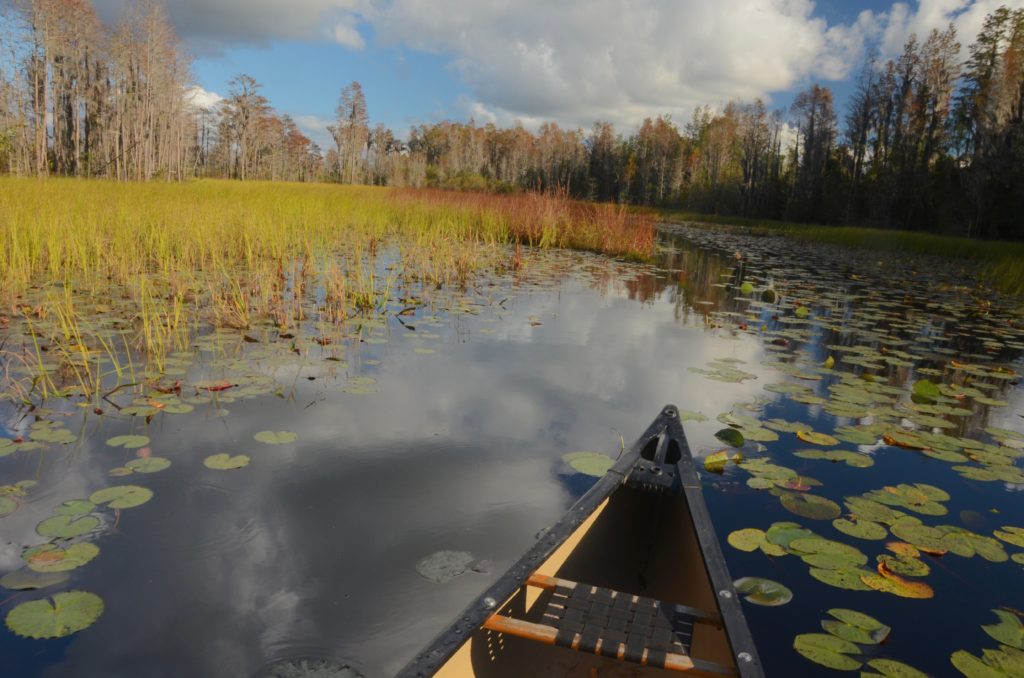
What’s At Stake in South Georgia
Scientists, including experts from the U.S. Fish and Wildlife Service and the University of Georgia, recognize the hydrologic link and have warned that as groundwater is lowered by mining operations, so goes the water level in the swamp. At only 1.5 to 3 feet deep, there is not much wiggle room for water loss that could make access to the swamp impossible as the canoe trails dry up.
Lowering of the water table would also dry up the saturated peat that helps to store carbon and combat climate change. Even worse, lower water levels can induce drought conditions, and as the ecosystem changes from boggy and wet to parched, the peat fuels can easily catch fire and release a CO2 equivalent that would worsen climate effects.
The U.S. Fish and Wildlife Service has written that “should impacts occur, they may not be able to be reversed, repaired, or mitigated for,” as destruction of the peat that took thousands of years to accumulate would destroy the swamp.
And the impacts to clean water would be immediate. The proposed mining site includes some 300 acres of wetlands that help ensure the delivery of clean water to the St. Marys River, a sinuous, blackwater beauty that has its origins within the Okefenokee Swamp and harbors endangered species like the Atlantic and shortnose sturgeon. These wetlands are likely to be destroyed.
Georgia Can Stop This Mine
Twin Pines has their mining equipment ready at the doorstep of the Okefenokee Swamp. If they are granted permission, the effects of the mine could be devastating and irreversible—all to retrieve titanium dioxide, a common, widely available mineral that can be found elsewhere. The uncommon Okefenokee, perhaps the wildest place in Georgia, is found nowhere else on Earth.
Visit garivers.org to learn more about the pending mine proposal and how you can stand up for the habitat and outdoor recreation opportunities in the Okefenokee.
Rena Ann Peck is executive director of Georgia River Network, advocating for water trails and science-based conservation to protect special places like the iconic Okefenokee Wilderness.
Photos courtesy of Joe Cook/Georgia River Network.











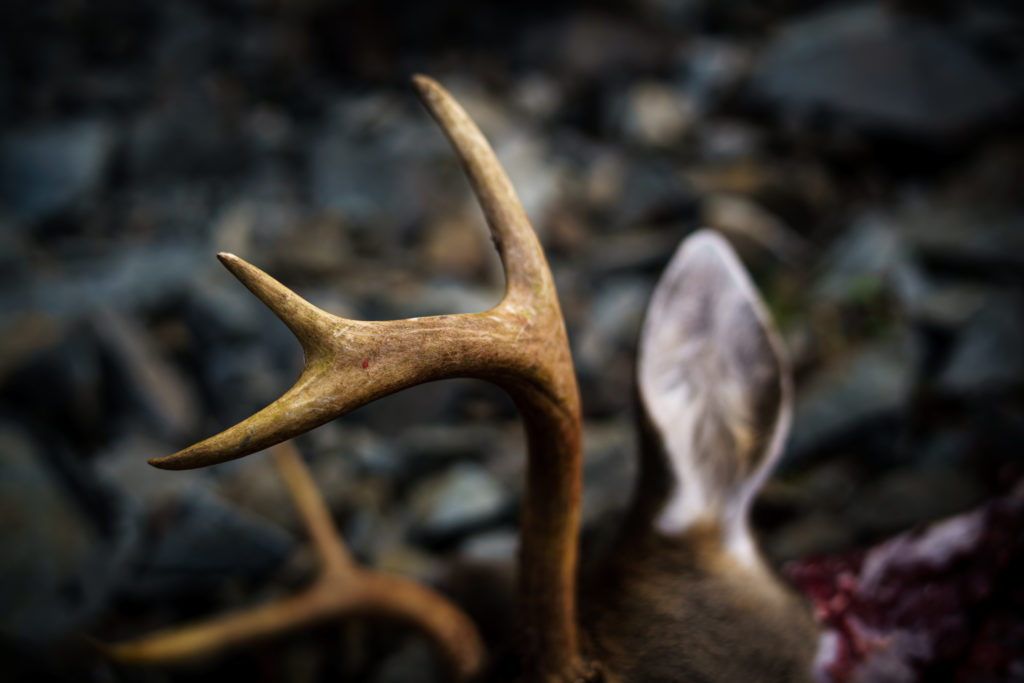
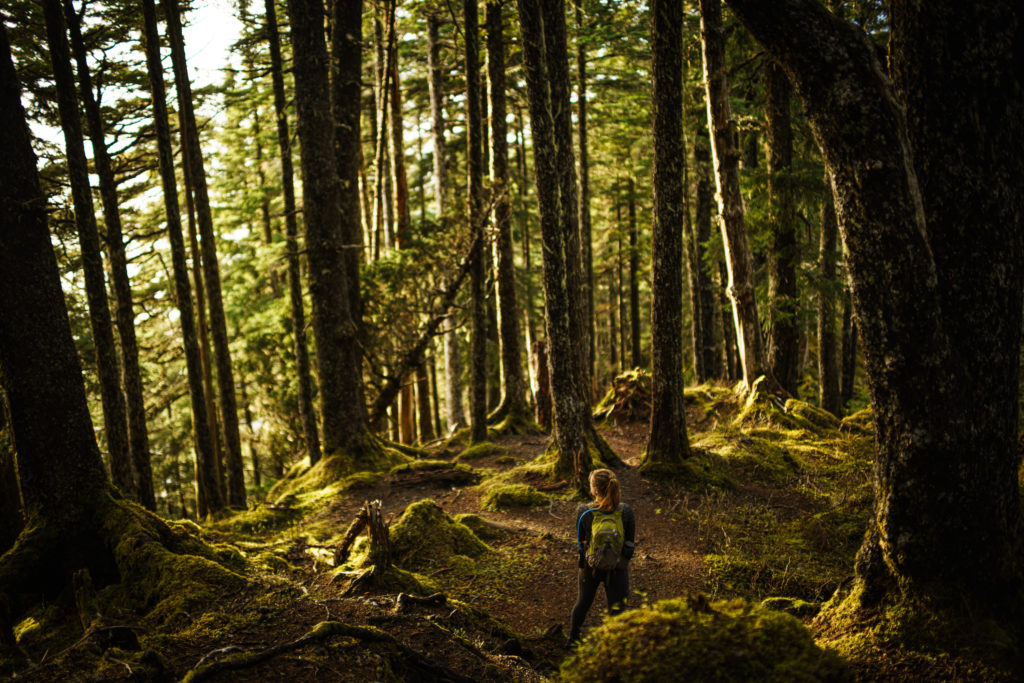
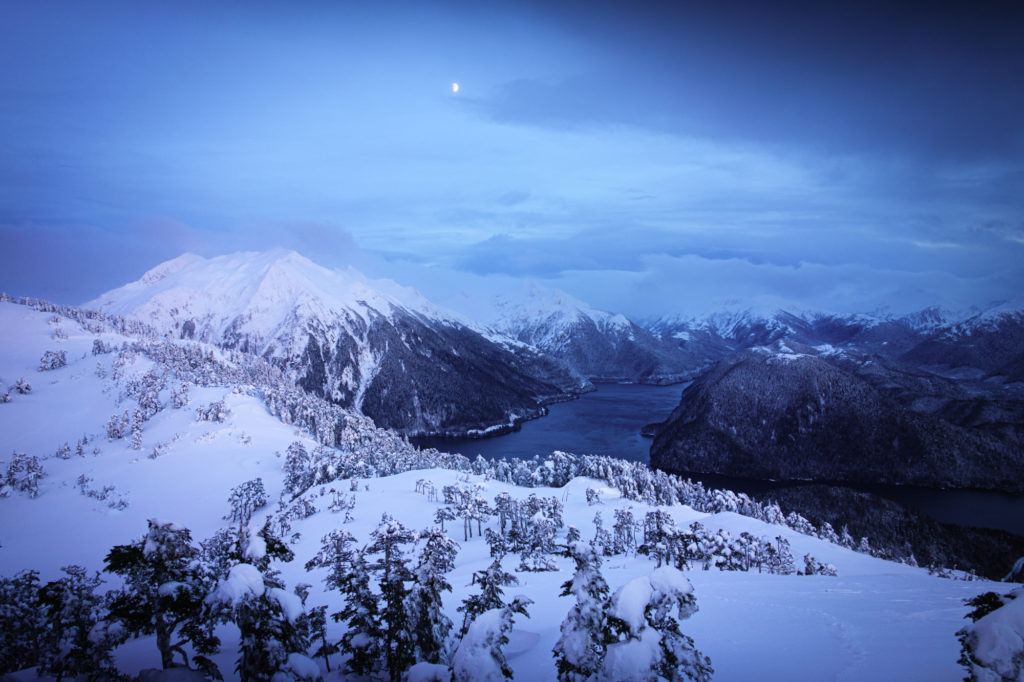
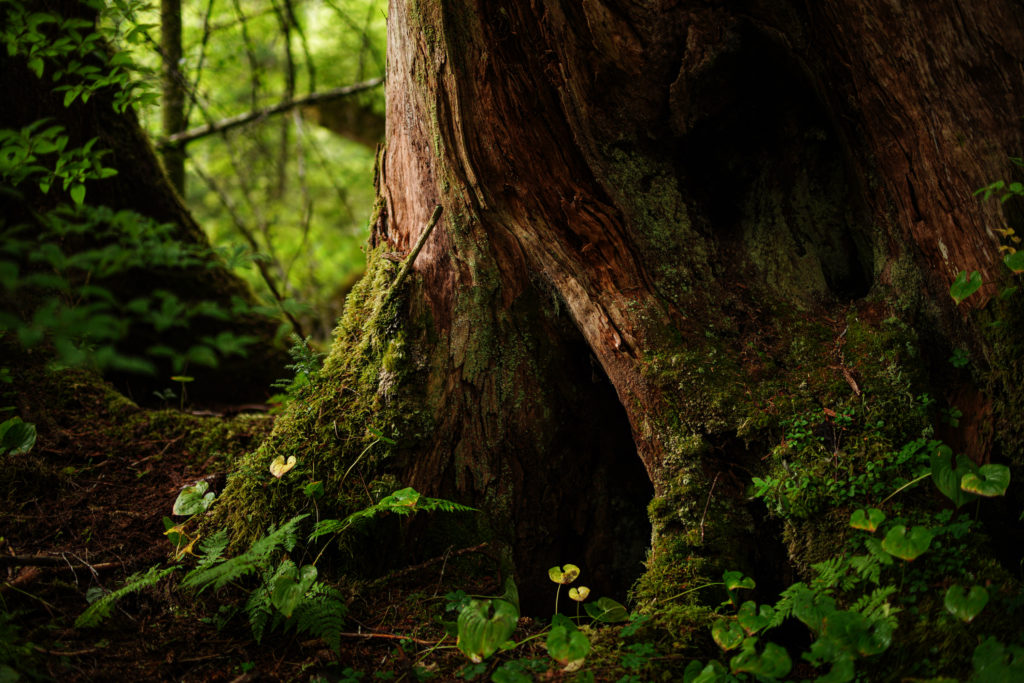
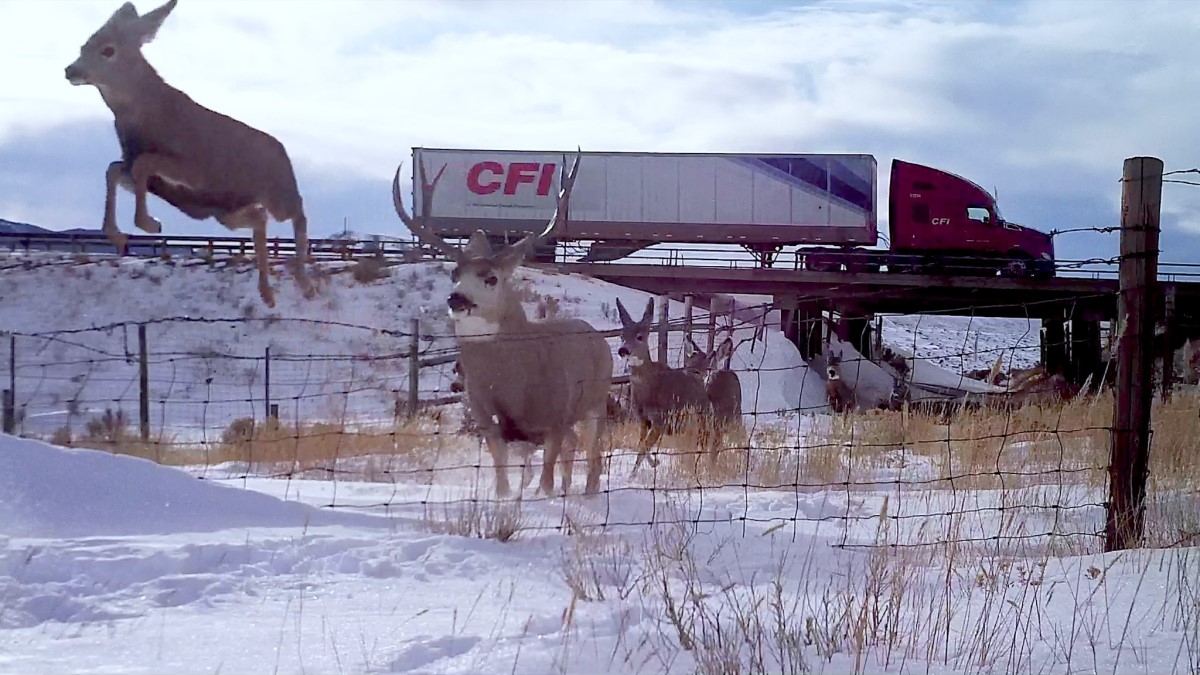
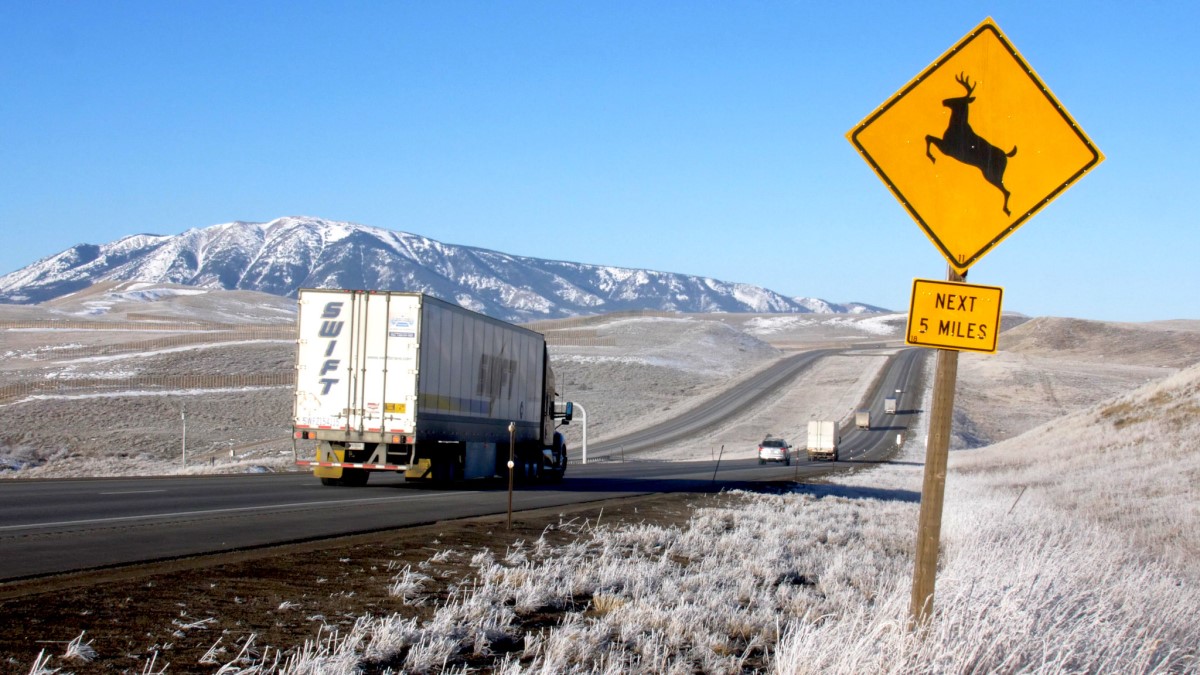
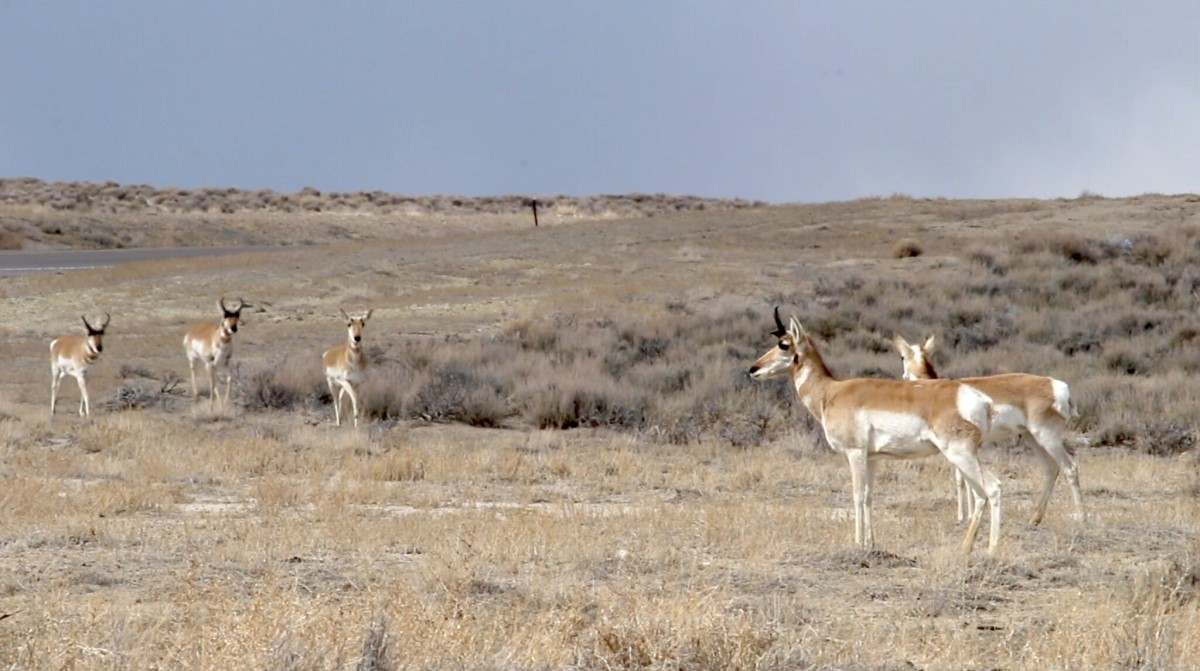




Not only should “Sportsmen and sportswomen . . . not allow this to happen,” as stated in your article. Anyone with any sense of how aquifers, water tables, and climate in general work should make every effort to stop this from happening. Once again, it’s a case of today’s $$ over the future.
This should not be allowed to happen, we only have one environment and once we’ve destroyed it it’s gone forever. When will mankind learn from the past mistakes!
This mine needs to be stopped immediately and completely! We can’t afford any more attacks on our environment! Please stop this assault!
I live in North Florida and the Okefenoke is on our doorstep. We have black bears, Florida Panther, Deer, etc, that travel a green coridoor from Florida up into Georgia and back and the Okefenokee is part of that greenway. In no way shape or form should mining and reclamation be allowed in such a pristine habitat!
Mining is destroying sacred lands and waters
this project is too controversial and the fact that the law was weakened and no environmental review is required for protecting wetlands should be a non starter.over 40 scientists and the state game and fish have weighed in and asked that this project be shut down to protect this fragile wetland.also,of great concern is this companies horrible environmental record..please say noooooooooooo.
You don’t fix ANYTHING, that ain’t broken 🙂
This is ” Another Wrong Mine ” in the Wrong Place !! NO MINE….